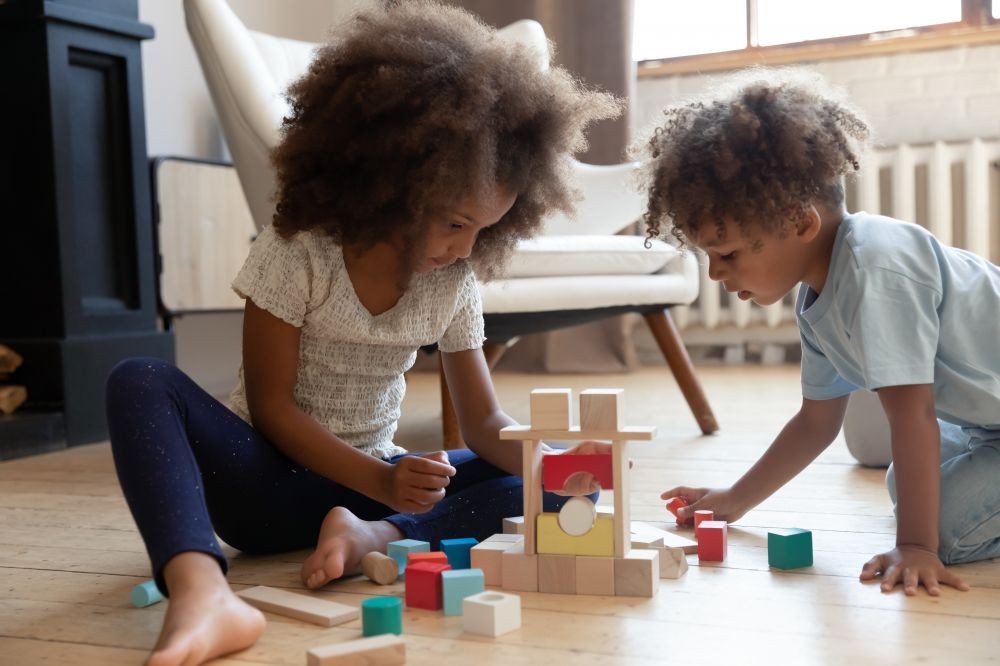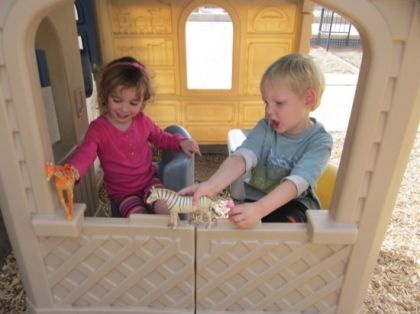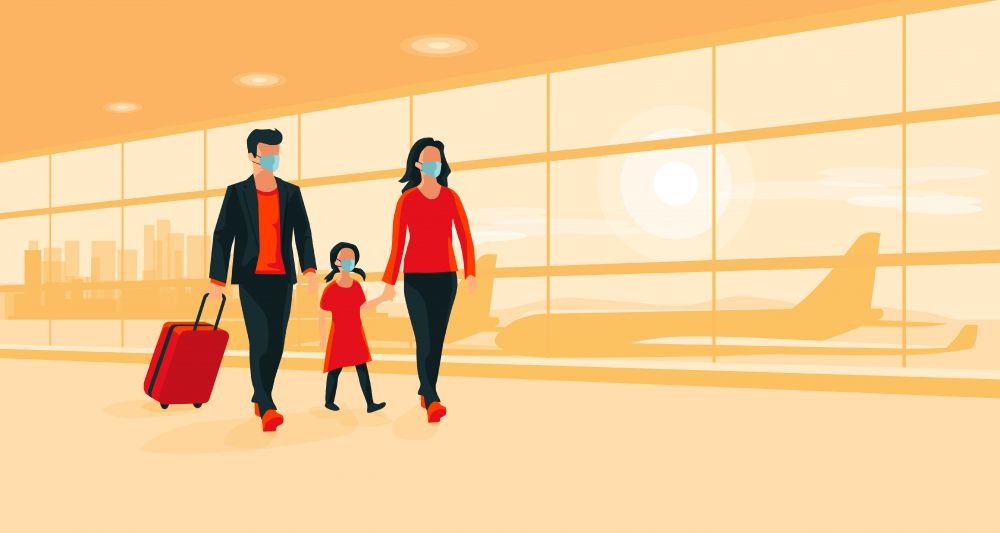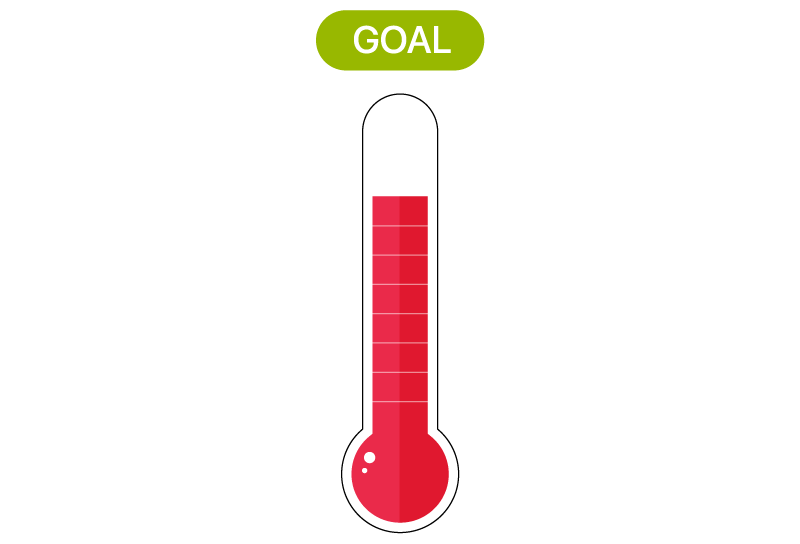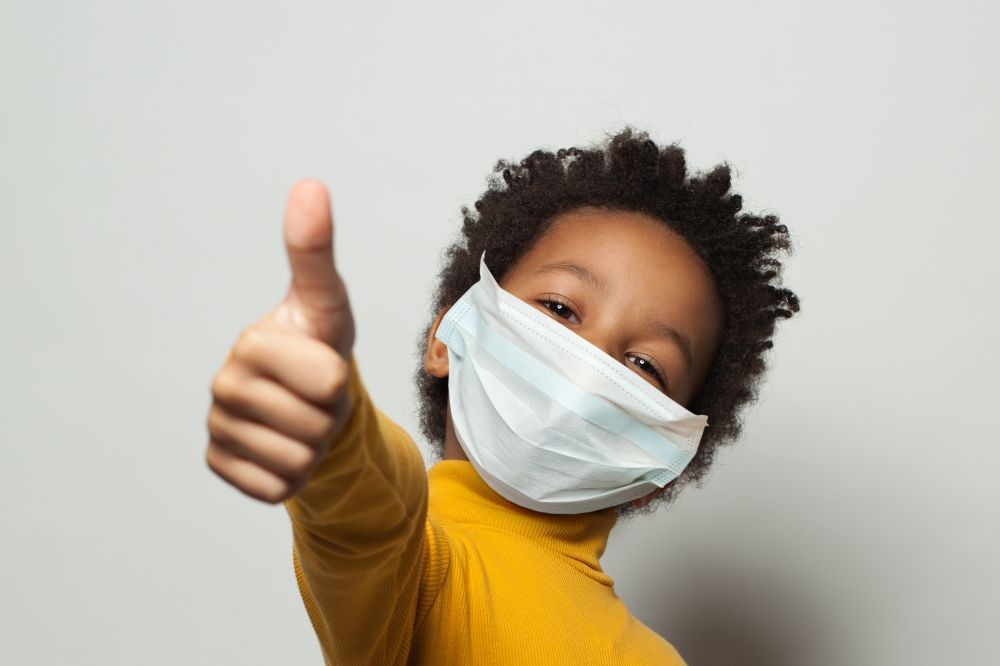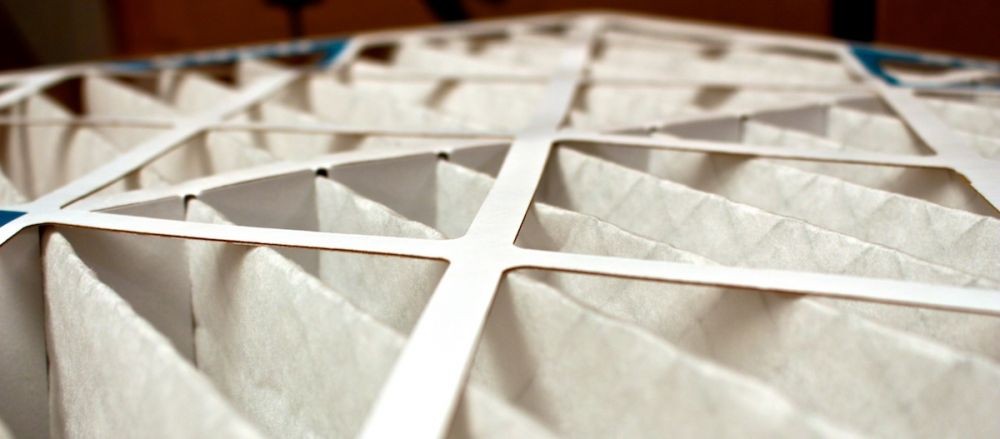FMSL Holiday Giving Project- COVID Edition!
The PSA have set up Giving Trees at the school’s entry points. Each tree is adorned with ornaments that will allow you to support two of our Holiday Giving projects. Families can choose items to purchase by picking labeled ornaments from the trees. Once gifts are purchased, return them UNWRAPPED with the ornaments attached and a copy of the receipt, if possible. Please put gift cards in an envelope. We will have a big red bin outside by the trees for receiving the donations (weather permitting). All items are due Monday, December 14. Thank you!
This year FMSL is sponsoring two refugee families from the Democratic Republic of the Congo through the International Rescue Committee’s Light One Candle Program. The first is a family of four with two sons, 16 and 20 years old. The second is a single mom and her 6 year old daughter. Both families arrived in the U.S. this spring.
The Democratic Republic of Congo, located in Central Africa, has spent decades in the grip of violent conflict and economic unrest. Security has severely deteriorated since 2017, displacing over 5 million people and leaving 15.6 million in need of humanitarian assistance. Congo also has been confronted with several Ebola outbreaks since 2018. The IRC helps vulnerable Congolese meet urgent needs and provides support to rebuild communities.
Each year, IRC offers community members the unique opportunity to fulfill holiday wish lists for recently arrived refugee families and individuals, supporting their efforts to gain control of their future and become an integral part of our community.
Learn more about the International Rescue Committee and their efforts here:
https://www.rescue.org/announcement/become-light-one-candle-sponsor
https://www.rescue.org/country/democratic-republic-congo
We are also collecting much needed items for the Inn Between, a local organization that provides a home environment that enables adults experiencing homelessness to gain access to professional hospice care. Like many nonprofits, The Inn Between is suffering from the COVID-19 pandemic, and needs our help to continue caring for terminally ill and medically frail residents.
Please read more about the Inn Between here:
Don’t forget about our food drive for the Salvation Army! We have a large white collection barrel outside the Main entrance of the school (parking lot side) for canned and packaged non-perishable food items.
FMSL and the PSA thank you in advance for your generosity and support with these projects.

